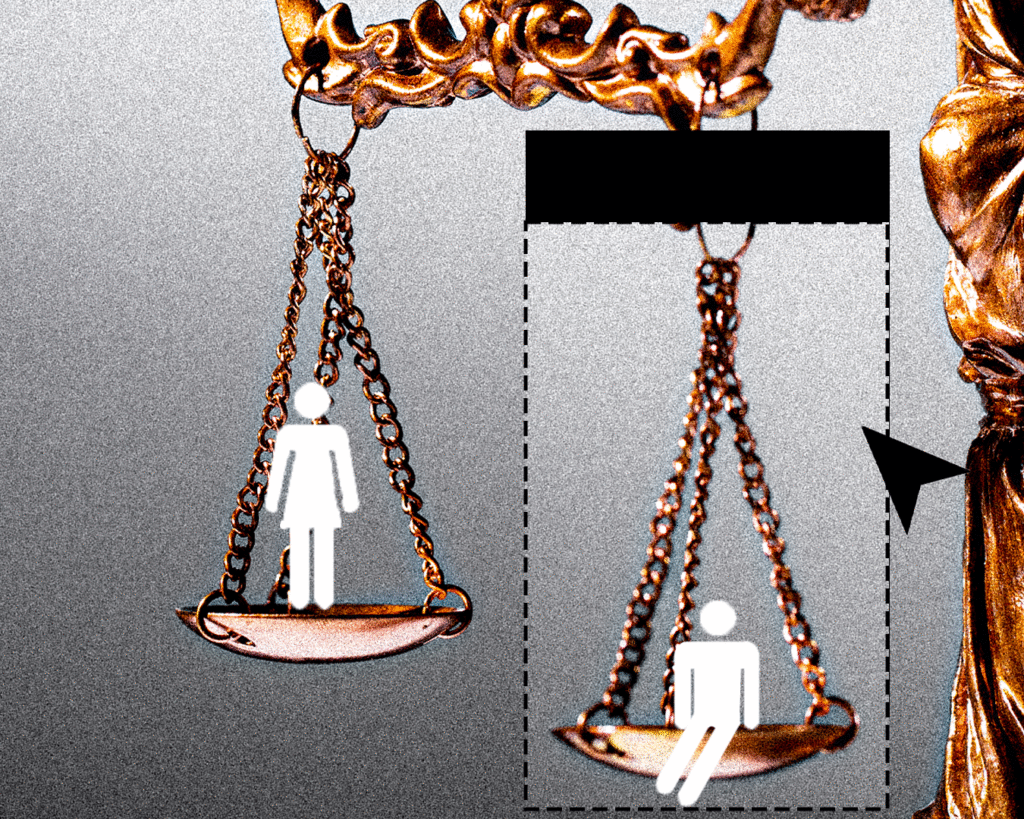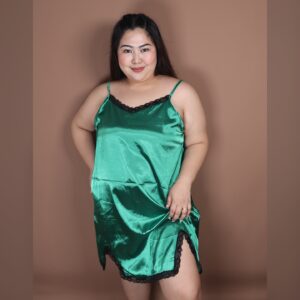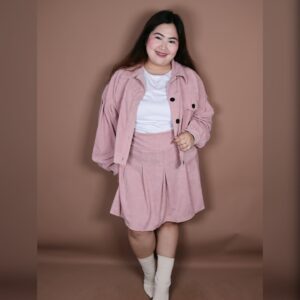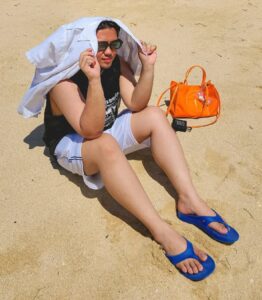Despite garnering more attention and awareness, plus-size fashion has a clear tendency to promote plus-size fashion as a more concerning issue relative to women – lesser for men. Although not a competition, the difference in exposure between male and female plus-size fashion poses the question on where we really are in the loading bar of fully accepting the plus-size community, especially for the men.
Female plus-size fashion shares similar struggles with male plus-size fashion of being affected by deceptive marketing tactics, however, as concerns for these tactics prevail and gain more traction in talking points for body positivity and awareness, the voices in support for women are louder. A reason for this may be due to women having a wider catalogue for fashion choices and variety of clothing, compared to males who are stereotyped for wearing simpler clothing. Another reason for the lack of noise for the concerns of male plus-size fashion is due to the lack of research and data regarding plus-size fashion catered to men.
What does this mean?
This disparity opens another few issues concerning the lack of awareness for male plussize fashion compared to females with one example being the lack of representation in fashion shows conducted by the bigger brands. During Men’s Fall-Winter fashion shows conducted in Milan and Paris during 2023, the limited representation for men’s plus-size was evident due to only 8 out of 69 men being part of the category. An increase for the following year, however, showed that there is a growth in awareness with brands showing XXL looks in 30 out of 50 runway outfits during the Spring-Summer 2024 fashion week.
While this increase does show a relative increase in the awareness, there is still a noticeable limit seen in choices for plus-size men. Plus-size men’s exposure being limited allows another problem similar with female plus-size to arise; only specific body types can be perceived as desirable and fashionable. These notions not only affect self-esteem and confidence for plus-sized men but also allows the thought of not being worthy for recognition and acknowledgement to prosper within men.
Along with affecting self-esteem and confidence, brands also get allowed to squeeze plussize options for men to categories such as “tall” and “big” both of which do not necessarily apply to certain male body types. As Gabija Perstiniaviciute said in her article, generalizing plus-size options for men; “reinforces negative stereotypes by implying that discussing or being plus-size is not only discouraged but also stigmatized.”
So how do we solve this?
The lack of representation for men does not necessarily mean that they don’t have problems that need to be voiced out similarly with females, it’s just that brands don’t pay as much attention to them. This poses the challenge – as well as the call – for the brands to fully adhere to the advocacy of widening the options for plus-size men that not only are comfortable, but also fashionable as limited options force people within the community to stick to basic clothing and become alienated from the fashion scene.
The fashion industry needs to start waking up to the potential of having plus-size men represent a lot of those who want to be fashionable but are kept in the dark due to the limited choices that the industry forces them to have.
The industry does not need to have plus-size men be the weekly covers for their magazines, or exclusively adapt to plus-size clothing, but it is important for them to promote inclusivity and awareness, and give the men a chance to show how wonderful it is to be a “plus” without having to “subtract” the community from their options.
Article cross-referenced from Gabija Perstiniaviciute (istitutomarangoni) & Sylvana Lijbaart (FashionUnited)
https://fashionunited.com/news/fashion/what-s-happening-with-the-plus-size-men-sfashion-market/2024022858620 https://www.istitutomarangoni.com/en/maze35/industry/men-come-in-different-sizesbut-why-does-fashion-seem-not-to-care
Written by: Kovi Aparece









